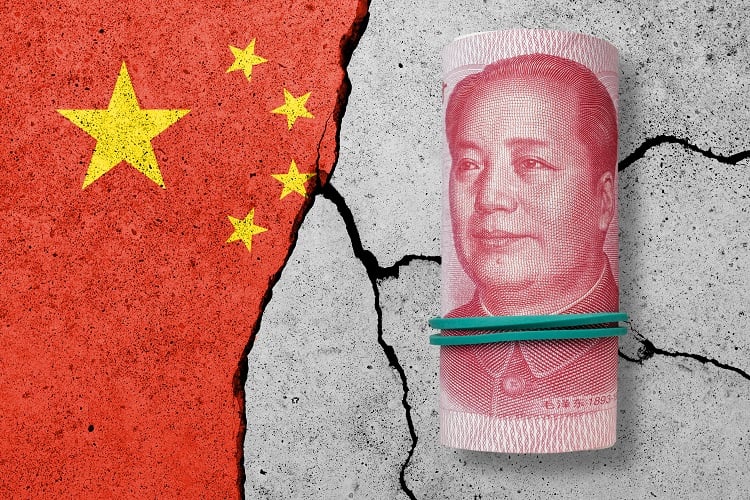China’s Economic Slowdown: A Wake-Up Call for Policymakers
Recent data from the Chinese National Bureau of Statistics has unveiled a concerning development: China’s GDP growth has decelerated to 4.75 percent. This marks a significant drop from the robust seven to eight percent annual growth rates experienced throughout the 2010s. This slowdown is a stark reminder that China’s current economic model, once lauded for its rapid development, is now showing signs of strain and may require urgent reforms to sustain future growth.
Historical Context and Current Challenges
Over the past 30 years, China has relied heavily on an investment-driven growth strategy. This approach, characterized by massive investments in infrastructure and housing, as well as a focus on export-led manufacturing, has now reached its limits. The excessive reliance on these factors has resulted in an unbalanced economic structure that has become increasingly problematic.
One illustrative measure of this imbalance is that investment still accounts for 42 percent of China’s GDP—double the average rate for advanced economies. This high level of investment has led to chronic overcapacity in the manufacturing sector. With domestic consumption unable to keep pace, China has had to rely heavily on foreign markets to absorb its surplus. However, as China’s economic footprint has expanded, this strategy has met with increasing resistance, particularly from the United States and Europe.
Housing Market Bubble and Financial Instability
The housing market adds another layer of complexity. According to research from Harvard’s Kenneth Rogoff, housing accounts for around 30 percent of the Chinese economy, markedly higher than in other industrialized nations. Since 2008, the Chinese private sector has seen a credit expansion of approximately 100 percent of GDP. This is alarmingly higher than the credit expansions that led to Japan’s “lost decade” in the 1990s and the 2008 US housing crisis.
Evidence points to the bursting of this bubble: declining house prices, an estimated 65 million unoccupied housing units, and the collapse of major property developers like Evergrande. These factors have weighed heavily on consumer confidence and expenditure, adding further strain to the economy.
Additional Compounding Issues
China faces additional structural challenges that may hinder its economic recovery:
- Demographics: The legacy of the one-child policy has led to a declining labor force, which will persist for the foreseeable future.
- Local Government Debt: With dwindling property tax revenues, local governments are increasingly over-indebted.
- Trade Relations: Trade tensions with the United States continue to escalate. Even as President Biden has maintained Trump-era tariffs and added new ones, former President Trump has promised to introduce even stiffer tariffs if re-elected.
The Path Forward: Structural Reforms
The current economic scenario puts Chinese policymakers in a precarious position. Traditional stimulus measures, such as fiscal pump priming and increased liquidity, could exacerbate long-term debt issues. Export-driven growth is also less viable in the current global economic environment.
For years, institutions like the International Monetary Fund have recommended that China undertake substantial structural reforms, particularly to bolster its social safety net and encourage domestic consumption. If China can pivot towards these recommendations, it may avoid the protracted stagnation that characterized Japan’s economic landscape in the 1990s.
Yet, there are few signs that President Xi Jinping’s administration is heading in this direction. Without significant policy shifts, China’s prospects for sustainable economic growth remain uncertain.
In light of these developments, it is crucial for Chinese policymakers to recognize the urgency of enacting comprehensive reforms. The choices made now will not only shape China’s economic future but will also have far-reaching implications for the global economy.
For further information, please visit the official website of the National Bureau of Statistics of China.
